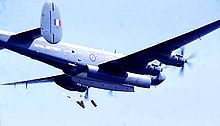
No. 206 Squadron is a Test and Evaluation Squadron of the Royal Air Force. Until 2005 it was employed in the maritime patrol role with the Nimrod MR.2 at RAF Kinloss, Moray. It was announced in December 2004 that 206 Squadron would disband on 1 April 2005, with half of its crews being redistributed to Nos. 120 and 201 Squadrons, also stationed at Kinloss. This was a part of the UK Defence Review called Delivering Security in a Changing World; the Nimrod MR.2 fleet was reduced in number from 21 to 16 as a consequence.
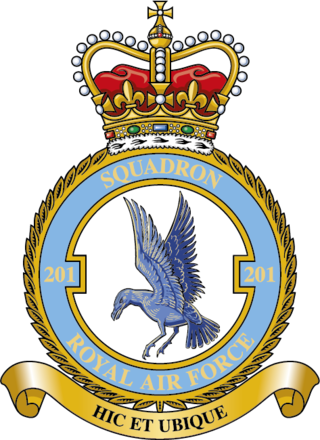
Number 201 Squadron is a squadron of the Royal Air Force. It currently operates the Boeing Poseidon MRA1 from RAF Lossiemouth, Moray.

Number 230 Squadron Royal Air Force is a Royal Air Force (RAF) flying squadron, currently based at Medicina Lines in Brunei Darussalam, part of British Forces Brunei, operating the Westland Puma HC2. The squadron was previously part of Royal Air Force Germany (RAFG), operating the Puma HC1 there from 1980. Following the drawdown of the British Armed Forces in Germany at the end of the Cold War, the squadron disbanded on 30 April 1992. This was short-lived however, and the squadron reformed at RAF Aldergrove on 4 May 1992, again with the Puma HC1.

No. 202 Squadron of the Royal Air Force is the maritime and mountains training element of the No.1 Flying Training School, operating the Airbus Helicopters H145 Jupiter.
No. 213 Squadron was a squadron of the Royal Air Force. The squadron was formed on 1 April 1918 from No. 13 (Naval) Squadron of the Royal Naval Air Service. This RNAS squadron was itself formed on 15 January 1918 from the Seaplane Defence Flight which, since its creation in June 1917, had had the task of defending the seaplanes which flew out of Dunkirk.
No. 119 Squadron RAF was a squadron of the Royal Air Force (RAF), flying with Coastal Command during the Second World War. It was the only RAF unit flying the Short G class and Short C class flying boats.

No. 461 Squadron was a Royal Australian Air Force maritime patrol squadron during World War II which operated under Royal Air Force control flying in Europe and over the Atlantic. The squadron was formed in 1942 and was disbanded in mid-1945, just after the end of the war in Europe. Personnel were drawn from many countries of the British Empire, although the majority were Australians. Throughout the war, the squadron was credited with destroying a total of six German U-boats, and operated mainly in the Bay of Biscay and Atlantic.

No. 190 Squadron was a Royal Air Force squadron with a relatively short existence, but a very broad career. It served as a trainer squadron during the first World War and as convoy escort, airborne support and transport squadron during World War II.
No. 61 Squadron was a squadron of the Royal Air Force. It was first formed as a fighter squadron of the British Royal Flying Corps during the First World War. It was reformed in 1937 as a bomber squadron of the Royal Air Force and served in the Second World War and afterwards into the jet age, until disbanded in 1958.
No. 203 Squadron RAF was originally formed as No. 3 Squadron Royal Naval Air Service. It was renumbered No. 203 when the Royal Air Force was formed on 1 April 1918.
No. 261 Squadron RAF was a squadron of the Royal Air Force during World War I and World War II. It was involved in the defence of Malta from August 1940 till May 1941 and the campaign in Burma.

No. 205 Squadron was a Royal Air Force unit formed on 1 April 1918. Prior to this it had existed as No. 5 Squadron of the Royal Naval Air Service (RNAS). In 1929, it became the first RAF squadron to be permanently based in Singapore, taking as its motto Pertama di Malaya. No. 205 Squadron operated during the Second World War and the Cold War before disbanding on 31 October 1971.
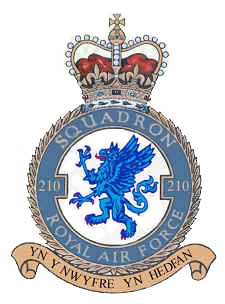
No. 210 Squadron was a Royal Air Force unit established in the First World War. Disbanded and reformed a number of times in the ensuing years, it operated as a fighter squadron during the First World War and as a maritime patrol squadron during the Spanish Civil War, the Second World War and the Cold War before it was last deactivated in 1971.
No. 158 Squadron RAF was a World War I proposed ground attack squadron that did not become operational in time to see action, and a World War II bomber squadron. After World War II had ended in Europe the squadron operated in the transport role until disbandment in December 1945.
No. 228 Squadron RAF was a squadron of the Royal Air Force active at various times between 1918 and 1964. It spent the greatest part of its existence flying over water, doing so in the First, and Second World Wars and beyond, performing anti-submarine, reconnaissance and air-sea rescue tasks.
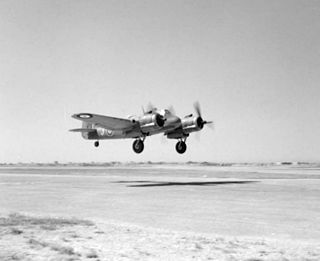
No. 235 Squadron RAF was an anti-submarine warfare squadron of the Royal Air Force which disbanded during July 1945. It was active in both the First World War, forming during August 1918 and disbanding in February 1919, and in the Second World War, reforming at the end of October 1939, and served as a squadron in RAF Coastal Command.

Number 209 Squadron of the British Royal Air Force was originally formed from a nucleus of "Naval Eight" on 1 February 1917 at Saint-Pol-sur-Mer, France, as No. 9 Squadron Royal Naval Air Service (RNAS) and saw active service in both World Wars, the Korean War and in Malaya. The use of the squadron number ceased in 1968 and it has not been reused since by an RAF squadron. However the number, badge and motto is in current service within the RAF Air Cadets at 209 Squadron ATC in Nottinghamshire.
No. 292 Squadron RAF was an air-sea rescue (ASR) squadron of the Royal Air Force operating in the Bay of Bengal during the Second World War.
No. 240 Squadron RAF was a Royal Air Force flying boat and seaplane squadron during World War I, World War II and up to 1959. It was then reformed as a strategic missile squadron, serving thus till 1963.
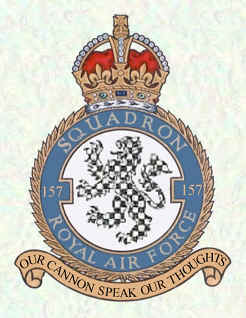
No. 157 Squadron RAF was a Royal Air Force Squadron active as a night fighter unit in the Second World War.

